When looking at hot trends, it's always interesting to go back in time to when that trend began to see who was behind it all. When you do that in the sports supplement industry, you'll often see some familiar faces time and time again.

Inspired Nutraceuticals Greens started a huge trend, but is still the go-to greens powder if you want to feel good and focused
One massive trend seen in the supplement industry since 2020 is the surge of greens powders launched into the market. When dialing the clock backwards to take a look at where this began, there's one man and one brand who seems to have single-handedly started that avalanche:
Chris Waldrum of Inspired Nutraceuticals.
Inspired Nutra's Greens: The Greens that Started it All
In July of 2019, Waldrum and his team launched Inspired Nutraceuticals Greens, often dubbed as Inspired Greens. They asked a simple question: "What do consumers want or expect when they take a greens powder?"
The answer is quite simple: greens consumers want to feel good. And in this competitive era, they need to taste great. Sure, it's smart to get some phytonutrients in, but if they're not palatable or don't have any experiential effects, customers won't come back.
Greens, Adaptogens, and Unique Nootropics for a Feel-Good, Focused Experience

Since 2014, Inspired has been coming out with some of the most innovative products on the market to 'fuel what inspires you'.
With that in mind, Waldrum formulated it with not only healthy greens and superfoods, but adaptogens and nootropics -- many of them that aren't in your workout supplements or multivitamins. This formula accomplishes its mission: consumers who take this are going to feel better... and the taste is phenomenal too.
Since Inspired Greens' launch, we've seen so many other greens come around with varying goals. But when it's feels and focus you seek -- Inspired has the market on lock.
Below, we get into the formula, with 100 citations in total. It's back in stock after constant sell-outs, as this formula really gets the job done. Before we get into that, sign up for our Inspired Nutraceuticals news alerts, as this is a team you always want to follow:
Inspired Nutraceuticals Greens – Deals and Price Drop Alerts
Get Price Alerts
No spam, no scams.
Disclosure: PricePlow relies on pricing from stores with which we have a business relationship. We work hard to keep pricing current, but you may find a better offer.
Posts are sponsored in part by the retailers and/or brands listed on this page.
This area is reserved for Team PricePlow's upcoming videos.
Subscribe to our channel and sign up for notifications so you catch it when it goes live!
Inspired Nutraceuticals Greens Ingredients
Broken into four blends (and augmented by both probiotics and inulin prebiotic powder), below is what you get in every ~12 gram scoop of Inspired Greens.
-
Greens + Super Foods
Broken into several sections, including the neuro / nootropic and adaptogens, this is a seriously well-built greens powder that gives what users want
The Greens + Super Foods blend is the part of a greens powder that we've generally come to expect, but in Inspired's case, it's ironically the least interesting part of this formula! However, it's a very necessary start, so here we go:
-
TruServ Organic Greens Blend (Organic Kale, Organic Broccoli, Organic Spinach) - 2,000mg
TruServ is a vegetable blend meant to provide an actual serving of veggies. It includes Organic Kale, Organic Broccoli, and Organic Spinach, providing some key free-radical-fighting antioxidants on top of several other benefits:
For instance, we always hear about how healthy kale is, but there are some relatively unknown benefits in terms of gut health.[1] Athletes know broccoli inside and out, it's the cruciferous vegetable with powerful vitamins, minerals, and phytochemicals that can support the immune system.[2] Spinach is similar, but also has solid nitrate content,[3] great for the cardiovascular system.
We don't know exactly what TruServ standardizes for, or if it's simply freeze-dried dehydrated vegetable matter, but the ingredient is marketed as true servings, and many trustworthy brands have incorporated it lately (note that Inspired, of course, was one of the first).
-
Chlorella Powder (Chlorella Pyrenoidosa) - 1,000mg
Chlorella (and Spirulina discussed next) are incredible sources of chlorophyll,[4] which is known as "living food" or even "green blood" because it's structurally similar to hemoglobin in our bloodstream -- whereas our hemoglobin has magnesium, chlorophyll has iron![5] Researchers believe that this is why there are so many protective blood-based benefits from it, even if the mechanisms aren't fully understood.[5]
Chlorophyll and its derivative, chlorophyllin, can help protect the mitochondria from oxidative damage and other forms of attacks on our cellular health.[6-8]
Back to chlorella itself, it's actually a freshwater algae rich in essential minerals and vitamins, and is often used as a quality vitamin B12 source[9] on top of being a source of chlorophyll.[10]
Some studies chlorella include one on weight loss and fat loss (not placebo-controlled though),[11] improvements to immunity biomarkers like Immunoglobulin A (at large doses though),[12] and decreased blood pressure (although it's confounded with GABA).[13]
More interesting is how we've seen chlorella absorb environmental metals,[14-17] and we've seen this effect demonstrated in animals with respect to mercury accumulation reduction in mothers and their children![18-20]
Overall, the "green blood" and potential detox angles are a great way to start these feel-good greens.
-
Spirulina Powder (Spirulina Platensis) - 1,000mg
Spirulina is no stranger to greens powders -- this blue-green microalgae has tons of antioxidants inside,[21,22] surviving where other, weaker plants go to die.[23,24]
It's another great source of chlorophyll, as explained above, but is actually mostly made of proteins.[26] It's not just any ordinary protein, however -- it has the potent anti-inflammatory protein pigment called C-Phycocyanin.[27] Its carbs are no ordinary carbs either, as one of them are the immunity booster named immulina![28]
Vitamin B12 comes in force,[29] but we also see plenty of other healthy constituents like beta-carotene and zeaxanthin inside.[30] We'll also see improved vitamin A levels[31,32] and tons of other minerals inside.[33]
This leads to general human benefits such as:
- Better lipid profiles, including higher HDL cholesterol levels.[34-39]
- Increased athletic endurance.[25,40]
- Increased power.[41]
We haven't seen that last study replicated, but it's promising. Also note spirulina can prevent lipid peroxidation,[25,38,40] critically important given the rancid oils that have infected our food supply.
That's a lot of research, and much of it was done at higher doses, but needless to say, spirulina is fascinating and easily worth supplementing.
-
Aquamin Soluble (Seaweed derived calcium and magnesium, citric acid, malic acid) - 500mg
More seaweed, but this time hitting another angle -- minerals! Aquamin is a marine-sourced mineral complex that's a fantastic source of calcium first and foremost.[42] Research has shown that it can help with bone and joint issues,[42,43] The rest of it contains trace minerals, which are great in order to help avoid any deficiencies that you're unaware of, but are dragging you down.
-
-
Adaptogenic Support
This is where Inspired Nutra's Greens really struck the market -- with feel-good adaptogenic support, further followed by feel-good nootropic support.
-
Ashwagandha Extract (Withania Somnifera)(Root) - 1,000mg
We've covered ashwagandha countless times on this site, because it's such an incredible supplemental catch-all for so many situations. This powerful adaptogen works mainly by reducing chronically-elevated cortisol levels,[44,45] leaving us with so many great benefits once that process begins.
With Inspired Greens, we have a high dose of it -- above several clinically-successful studies -- but we aren't sure of the standardization. In general, withanolides are the primary constituent sought for effects, but we're not sure how strong this is. At a dose of full spectrum ashwagandha, we're confident that there will be enough to provide the feel-good effects we seek.
Amongst many of those effects are increased testosterone levels,[46] improved fertility,[47] better athletic performance,[46] improved body composition,[48] and a reduction in fatigue.[49]
Remember, cortisol's not a bad thing -- it's very necessary. But when it's chronically elevated, the body gets tied into proverbial knots, and ashwagandha is a powerful tool to untie us and help us relax and get things done again.
When users take greens powders, they generally want to feel better -- however that may be achieved. Including ashwagandha at such a high dose is, in our opinions, the most common sense move that Inspired made here, and it's one that most other brands haven't thought of!
-
Maca Powder (Lepidium Meyenii)(Root) - 1,000mg
Maca is an incredibly underrated libido, fertility, mood, and cognitive enhancer that's bogged down by the large doses needed to establish effects. That problem is partially solved in a powdered based formula, where Inspired is able to fit more inside.
While some studies go far higher, a gram is a great place to start in terms of boosting your vitality potential. Briefly looking at the range of studies, here are some effects that have been found with maca supplementation:
- Improved libido in men[50,51] and women.[52] It can even help relieve menopausal symptoms in women[53] -- another feel-good part of Inspired Greens.
- Improved male fertility[53,54]
- Better mood and reduced anxiety in women without hormone changes[55]
- Potential cognitive benefits (traditional use in schoolchildren)[56] and animals[57]
Whereas ashwagandha feels good in terms of cortisol reduction and lower perception of stress, maca feels great in terms of vitality. This one-two combination is likely the reason why Inspired Greens sells out so consistently, and it's amplified by everything above and below it.
-
-
Neuro Support
Picking up where the adaptogens left off, we have added nootropic support from a few more ingredients:
-
Sunflower Lecithin - 1,000mg
Sunflower lecithin serves two purposes here. First, it allows for improved dispersion in fluids, which includes intestinal fluids,[58] and this may increase actual bioavailability.[59] For instance, this can help the body absorb more of the ashwagandha above, which is important for hydrophobic ingredients ("water fearing") and fat soluble instead.
But next, the lecithin is likely a large provider of phosphatidylcholine, which is the most abundant phospholipid in cell membranes. It plays a major role in cell signaling and synaptic function, and brings with it some of the cognitive benefits of choline that we frequently discuss on this blog.
One such benefit is improved memory and focus from improved acetylcholine levels -- phosphatidylcholine is a precursor to choline,[60] which is used to generate more of the acetylcholine "learning neurotransmitter".
This makes the ingredient useful on two fronts, both in terms of palatability and in terms of mind-matter connection.
-
Lion's Mane Mushroom Powder (Hericium erinaceus) - 500mg
Lion's Mane is an incredible mushroom that touts some extremely unique nootropic benefits including increasing Nerve Growth Factor.
Lion's mane is one of the most popular mushroom species in the supplement world, especially when it comes to nootropic supplements. Reason being, it can boost nerve growth factor (NGF), helping the survival of nerve cells.[61,62] This can then boost cognition by promoting neuron growth while reducing inflammation, thus improving overall brain function and health.
Studies have shown that Lion's Mane can prevent memory loss in animals,[63] can increase performance by reducing fatigue,[64] and may improve sleep based upon further animal research.[65]
Pairing well with maca, a study in menopausal women showed that it improved their symptoms and further improved sleep quality![66]
Ultimately, a well-rounded health formula has to focus on nerve health, and lion's mane is just the ingredient to do that.
-
Ginkgo Biloba Extract (Leaves) - 100mg
Chris Waldrum of Inspired Nutraceuticals tells us about his past year and what's coming in 2021 in Episode #046 of our podcast!
The final nootropic ingredient in Inspired Greens, ginkgo biloba is generally used for memory enhancement by improving long-term potentiation.[67] Another feel-good ingredient, this one works on a lower time preference -- increases in dopamine and noradrenaline levels can be spotted in the prefrontal cortex after two weeks, but were not spotted after the first dose[68] -- so it may take some time.
A meta-analysis published in 2018 showed that ginkgo is useful in preventing cognitive decline,[69] citing improved blood flow and neurotransmission as potential mechanisms of action.
Going with the theme of feel good ingredients in Inspired Greens, ginkgo has been shown to reduce anxiety as well.[70] However, it's worth noting that the dose here is a bit less than what most studies use, so we're not wholly relying on this ingredient to carry the formula.
-
-
Liver Support
You can't function well if your liver isn't functioning well, so Inspired goes well above and beyond in providing some additional liver support:
-
Stinging Nettles (Urtica Dioica)(Leaf) - 300mg
Stinging Nettle is used in various formulas due to its many beneficial properties, long used in traditional medicine.[71] We've seen it used for serious anti-inflammatory conditions[71] as well as prostate support and hair support thanks to its ability to block DHT production.[72]
Atop its several beneficial vitamins, minerals, fatty acids, and polyphenols,[71-73] the main constituent is beta-sitosterol, which can help with endothelial function and even support hair growth.[73]
-
Dandelion Extract (Taraxacum Officinale Wigg.)(Whole Plant) - 100mg
Dandelion extract is often used in weight loss formulas as a mild diuretic that also helps to maintain electrolyte balance,[74] but it's also protective for the kidneys[75] and brings protective benefits to the liver, such as its ability to guard against acetaminophen-driven injuries![76]
This is a unique inclusion because it's nearly only found in weight loss formulas, but a small dose of it seems quite beneficial for most everyone, making it a wise inclusion for a greens powder.
-
Milk Thistle Powder (Silybum Marianum)(Seeds) - 100mg
When it comes to liver support, however, no dietary supplement ingredient is better researched than milk thistle. Its powerhouse components come from silymarin, which is actually a group of three chemicals in silibinin, silydianin, and silychristin.[77]
This "liver tonic" has an incredible amount of research cited below, although much of it hasn't been translated from original 1970s German texts:
- Protecting and normalizing the liver from drug-induced disease[79-81]
- Rescue of liver function from alcohol abuse[78,82-86]
- General liver toxicity cohort studies[87-89]
- Protection from environmental toxins[90]
- Meta analyses on disease support[91,92]
This is another great ingredient to have for everyday life, even if you don't think you're decimating your liver. A small dose of general extract is a small bit of insurance that is something we love seeing in a healthy, everyday greens formula. Otherwise, most of us wouldn't be getting any in.
-
-
Inulin (Fructooligosaccharides Prebiotic) - 2,500mg
Like sunflower lecithin, inulin serves two functions: it's a soluble fiber that is not digested in the small intestine, instead serving as a prebiotic.[93] This provides a bit of flavor support alongside its gut health benefits.[94]
This also adds some bulk to the formula, and dampens the flavor of the greens.
-
Probiotic Blend (Lactobacillus Acidophilus, Streptococcus Thermophilus, Bifidobacterium Longum, Bifidobacterium Bifidum) - 5 Billion CFU
Working alongside the prebiotic fiber, we have a solid probiotic blend that a few other companies have copied recently.
Probiotics are a "live microbial feed supplement which beneficially affects the host animal by improving its intestinal microbial balance."[95] We often see them used to help with issues such as allergies, gastroenteritis, IBS, diarrhea, and more.[96]
A lot of probiotic research has gone into not just gut health, but immunity as well.[97-99] And to go with the feel good effects of Inspired Greens, another study has recently shown that probiotics can have anti-anxiety and mental health stabilizing effects![100]
Flavors available
Inspired Greens: Often Imitated, Never Duplicated
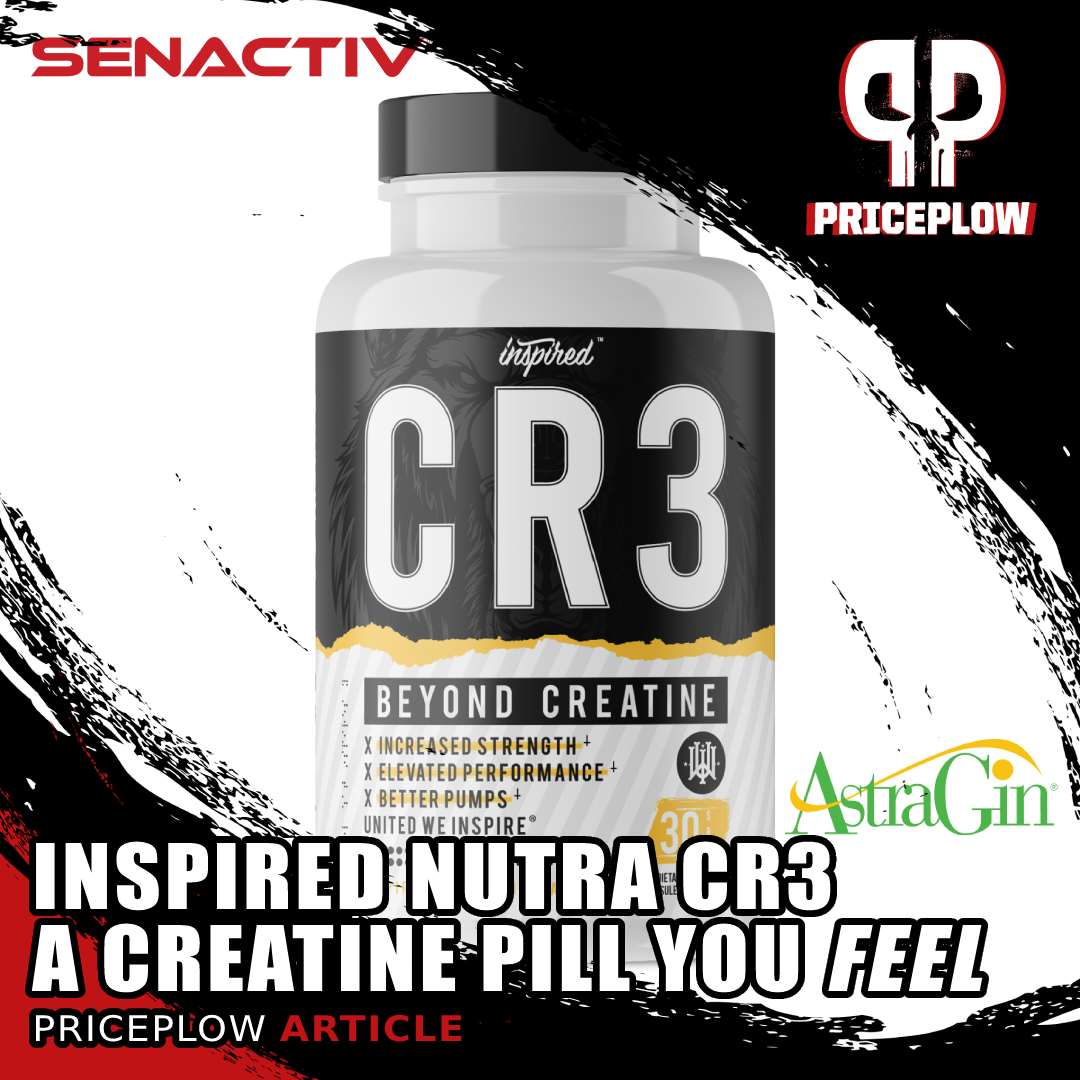
Previously on PricePlow: Inspired Nutra CR3 -- Leave it to Chris Waldrum and his team at Inspired Nutraceuticals to make creatine pills interesting again, thanks to two synergistic ingredients from NuLiv Science!
Chris Waldrum, founder and CEO of Inspired Nutra, is a real-deal trendsetter in the sports nutrition industry. The original launch of Inspired's Greens in summer of 2019 caused a serious frenzy, and was followed by countless other brands trying to achieve similar results.
With the path paved by Inspired, those other brands were forced into a different direction, as Waldrum and Co. basically locked the market up when it came to greens that make you feel good and feel focused.
Ultimately, however, this is what people want when they take a greens powder: to simply feel good. And the combination of adaptogens and unique nootropics does exactly that -- all the better that several of the ingredients are ones we won't see in traditional workout supplements, nootropics, or multivitamins.
Inspired Greens does far more than add some veggies to your diet. It adds an experience that will leave you wondering how you were dealing with life before you had them.
Inspired Nutraceuticals Greens – Deals and Price Drop Alerts
Get Price Alerts
No spam, no scams.
Disclosure: PricePlow relies on pricing from stores with which we have a business relationship. We work hard to keep pricing current, but you may find a better offer.
Posts are sponsored in part by the retailers and/or brands listed on this page.
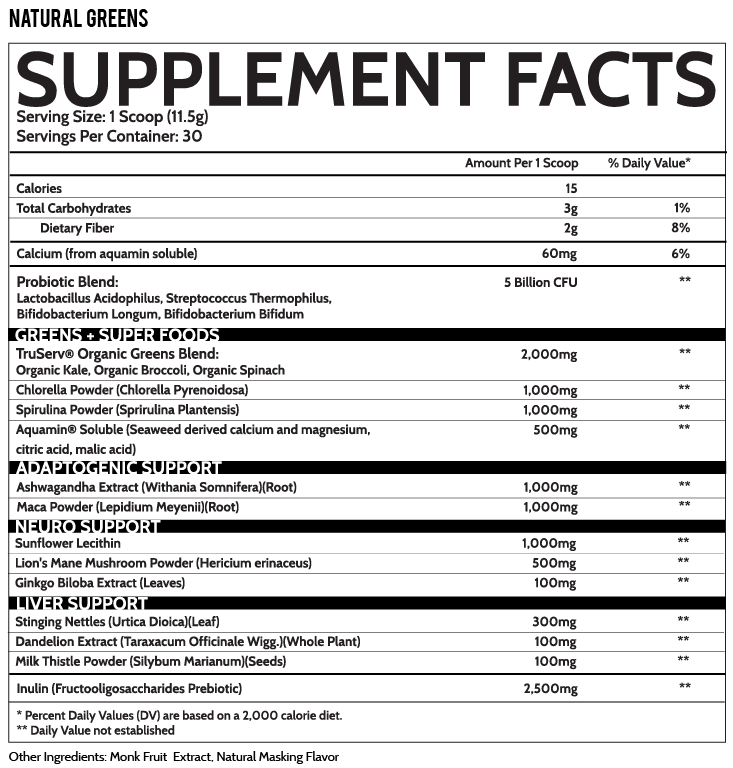
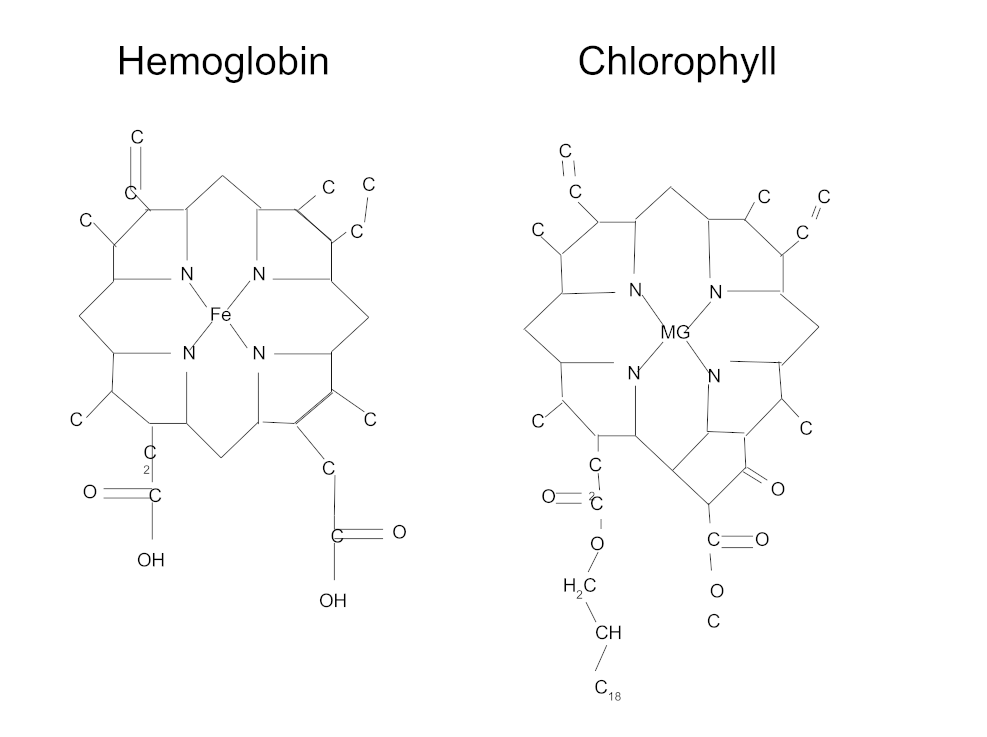
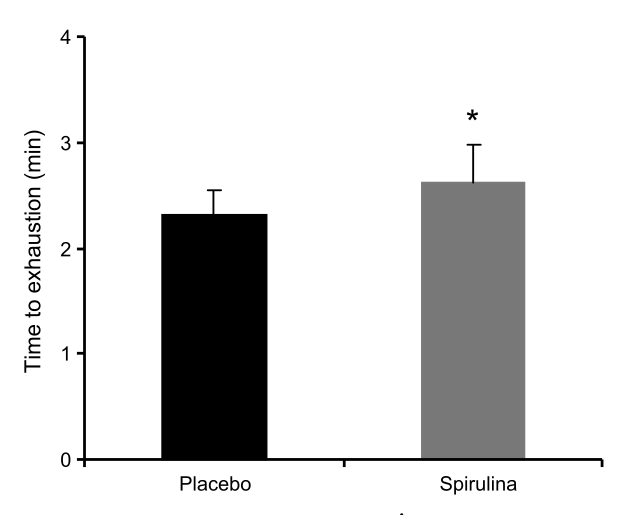


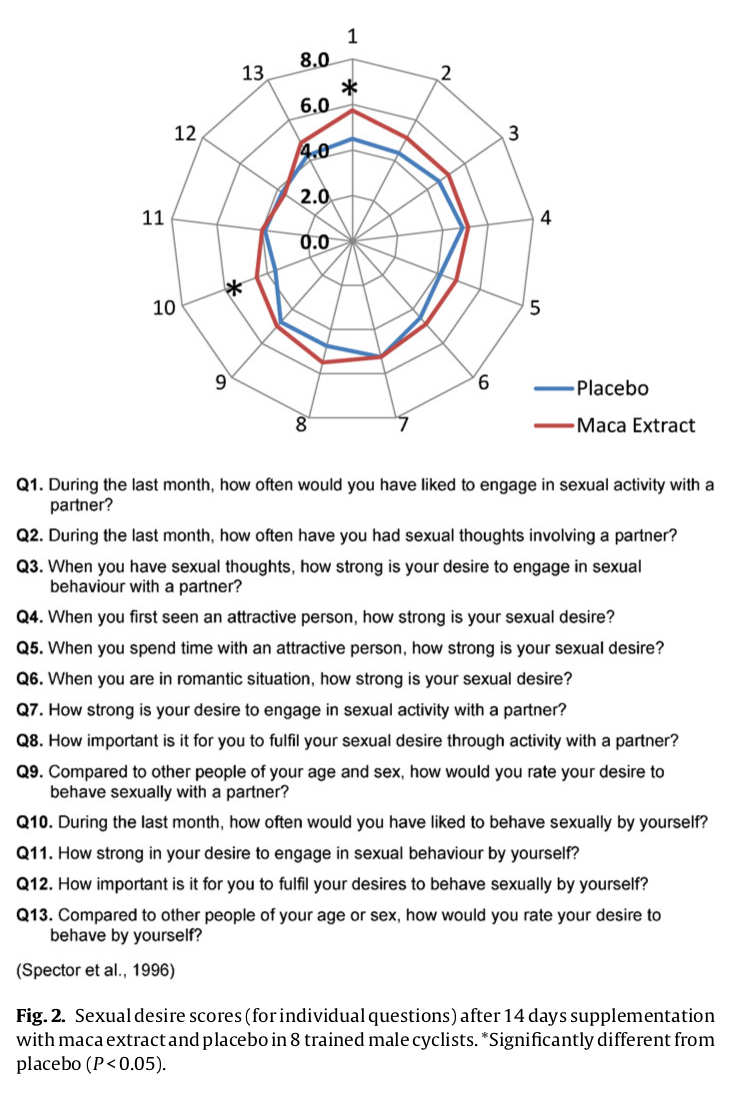
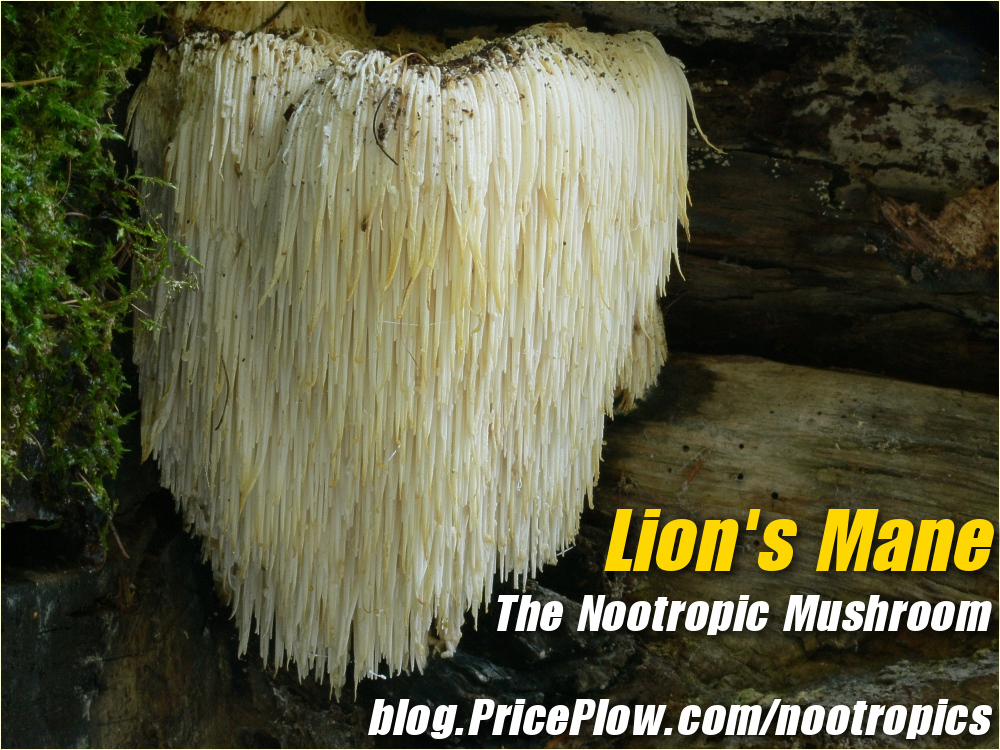

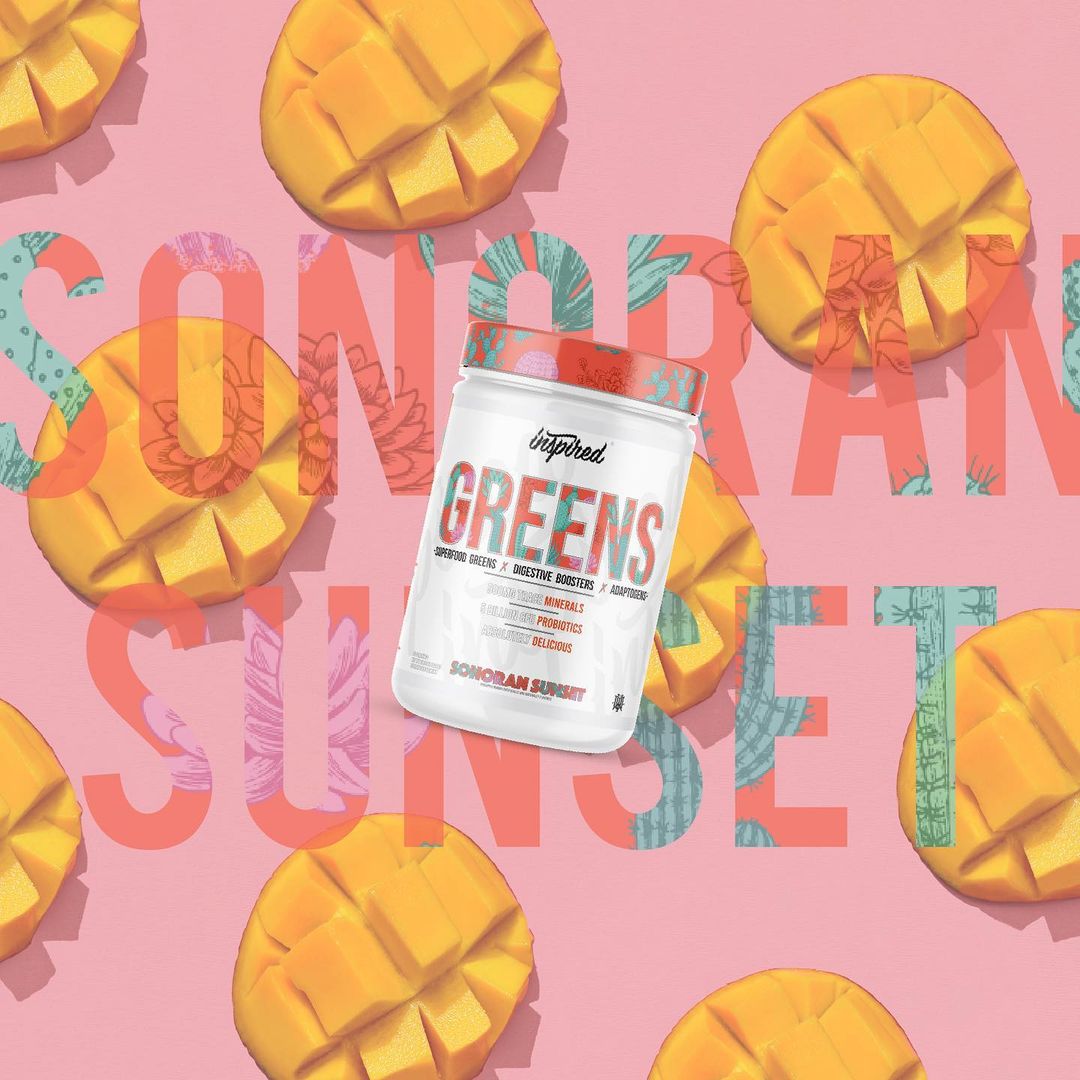
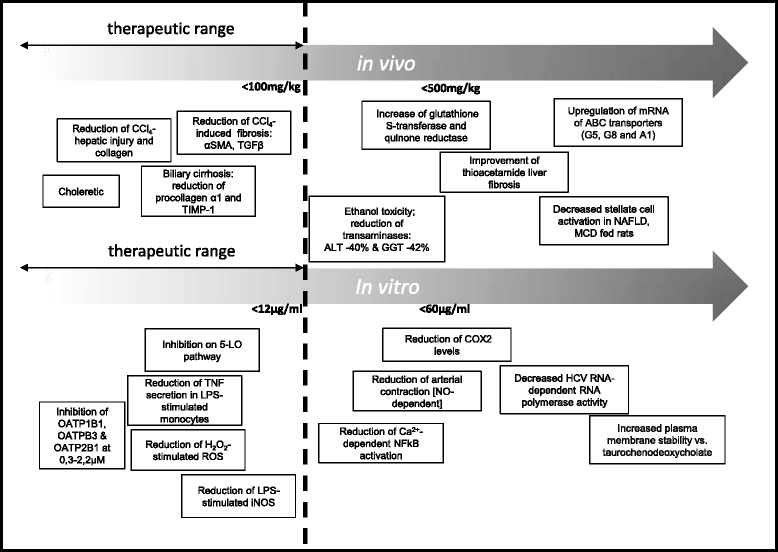
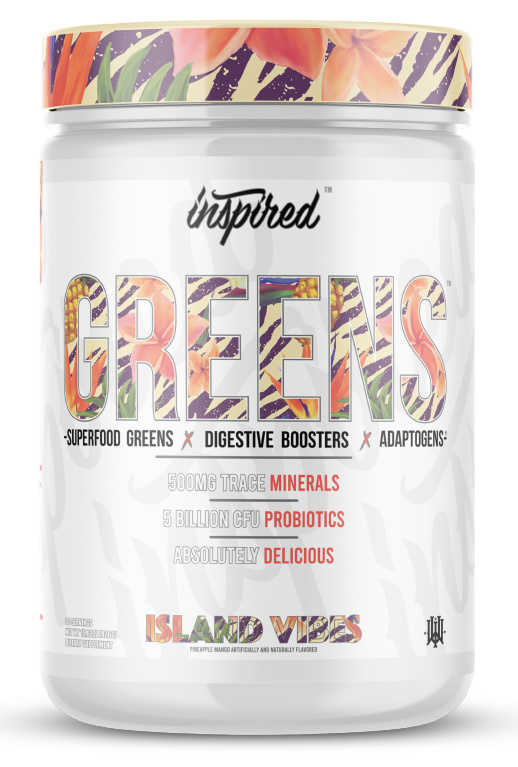


Comments and Discussion (Powered by the PricePlow Forum)